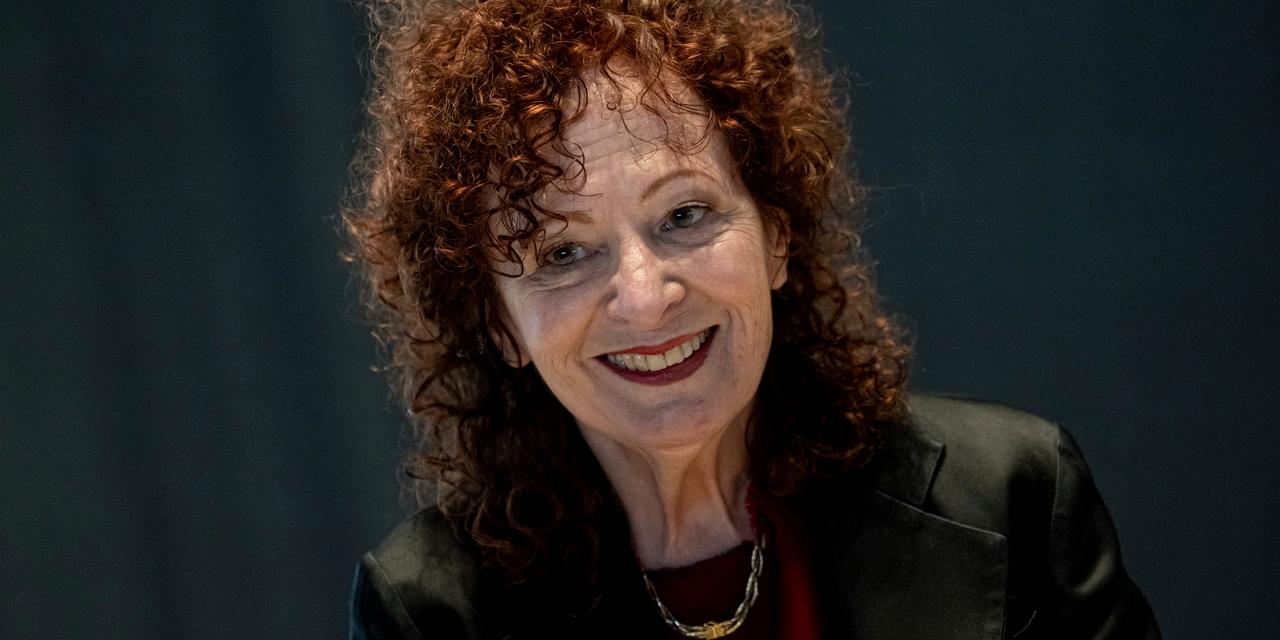


Nan Goldin, photographer: 'The camera gave me a voice, and a way in'
Interview'I wouldn't be here if...' Each week, Le Monde asks a public figure about a decisive moment in their life. The American photographer reflects on her sister's suicide, which changed her view of the world.
In a hotel room in the Camargue this summer, Le Monde met with world-renowned American photographer Nan Goldin, ahead of her receiving the 2025 Women in Motion Award from Kering and the Rencontres d'Arles. Dressed all in black, chain-smoking, Goldin, 72, recounted her chaotic life and the causes she champions today in her gravelly voice.
I wouldn't be here if…
... It wasn't for my sister. She's opened my eyes to the world. She's the one who taught me rebellion. And I also wouldn't be here if I didn't have a will of steel, I've had to overcome many things.
Did friendship come into your life early on?
Yes. I left home when I was 15, and my friends gave me a personality. They defined me. It was my best friend, David Armstrong [1954-2014], who named me Nan.
So your friends replaced your family?
Yes, they are my family, even though many of them have passed away. I have a brother who lives in Sweden and his son, my nephew, is one of the most important people in my life. I've reconnected with my biological family.
What kind of environment did you grow up in?
My grandparents came from Poland, and Romania, but I never knew them. My parents were born in the US – they were liberal and belonged to the educated middle class. But it was a difficult family. Like most American families, they were too concerned about what people could say, or what the neighbors would think. That's the most widespread disease in American suburbia. My parents were practicing Jews. I had a religious upbringing, but I stopped going to synagogue when I was 11. I chose to take pottery classes instead. My father was a teacher. He had worked for the government and then taught economics. My mother was a librarian. We lived in the suburbs of Boston.
Were they loving?
You have 84.73% of this article left to read. The rest is for subscribers only.
